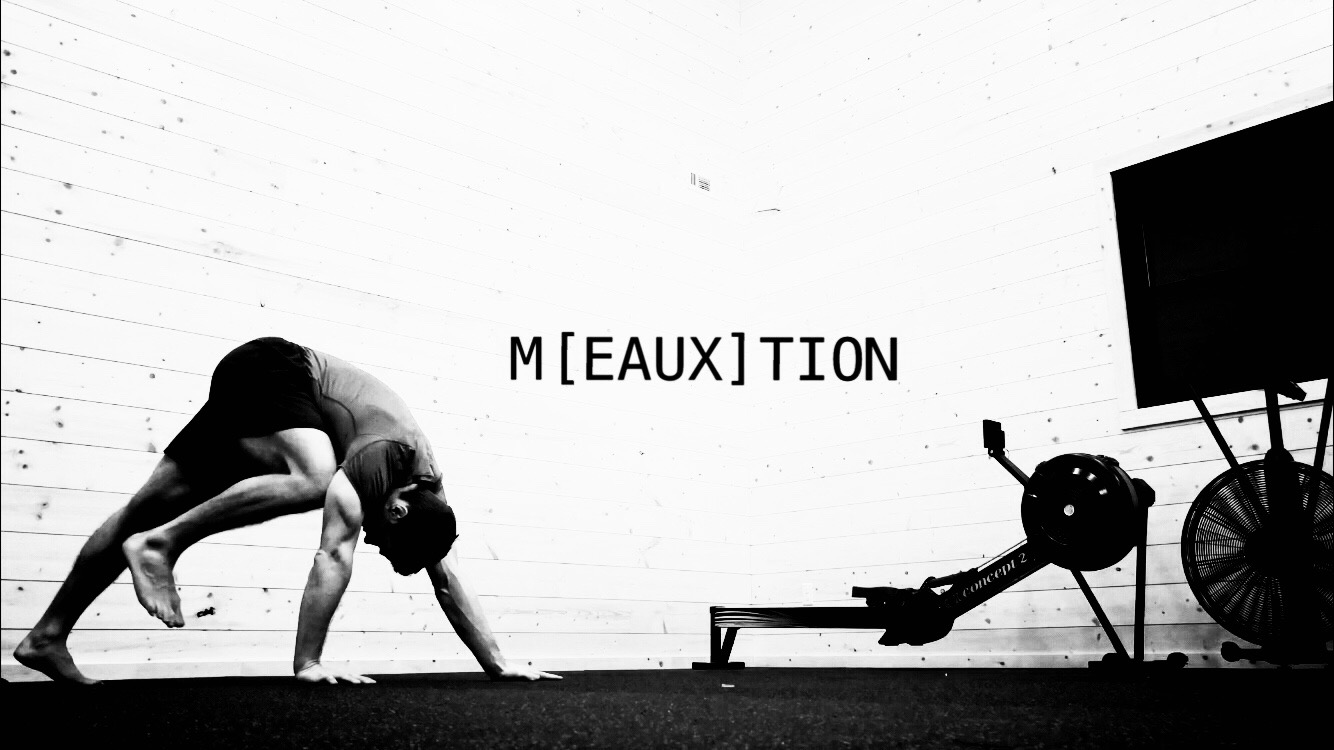The landmine attachment is a hybrid workout tool and a great addition to any home gym set-up.
Landmine attachments are a part free weight/part fixed range of motion apparatus. One end of the barbell slides inside of the landmine sleeve while the other end is controlled by the user. The sleeved end of the barbell pivots about a range of motion as the user engages in pressing, pulling and grappling with the free end.
Here’s a video…
Similar to barbell training, the exercises can be progressed by adding weight plates or increasing the complexity of the exercise. Training factors like reps, sets, time under tension may also be adjusted to suit the needs of the individual.
The user controls the free end of the barbell, which will travel through an arcing, fixed range of motion. Commonly barbells are 7 feet in length, so the range of motion is wide.
For the beginner, no weight or a very limited amount of weight may be necessary to familiarize oneself with the functionality of the set-up.
The barbell/landmine integration adds another dimension of unique exercises to a person’s exercise selection. Many of these exercises will surface in future articles, though a few will be discussed in this post. which will be discussed briefly with the elements of this workout, but in greater detail in future articles.
Nearly any traditional exercise can be performed using a landmine, the main difference becomes this “fixed range of motion” feature. Having a fixed range of motion transforms many exercises into “angled exercises”, naturally.
Using the landmine in combination short rest and a high amount of work can inject a much-needed freshness to fat loss workouts where creating EPOC (excess post oxygen consumption) is the goal. Maximum metabolic disruption.
Obviously, nutrition is an important piece of any body transformation, but including challenging workouts will increase the speed at which fat is burned and lean muscle is earned.
This simple landmine complex workout is just one in an entire Rolodex of workout options. I plan to share them all, so strap in.
The Workout…
Perform each exercise in descending order for the reps listed…
Split Stance Angled Press x 5 right/left
Reverse Lunge x5 right/left
Bent Over Row x6 right/left
Front Squat x6
Landmine Grappler T
Single Leg Deadlift x6 right/left
This workout might be considered a complex, where all of the work is performed and rest is taken at the end of the last rep of single leg deadlifts.
I recommend working through 3-6 total rounds of this landmine complex.
Rest will vary based on a person’s current conditioning, but 45-90 seconds is generally appropriate for most people.
I’ve had complexes where I rested for 45 seconds in between early rounds (1-3), and longer in between later rounds (4-6) based on my fatigue level. Adjust the rest as needed.
There is no right or wrong amount, the key is to push yourself without sacrificing exercise technique.
[Sidenote: If this type of training interests you, all landmine workout ideas are going to be continually posted on the M[EAUX}TION YouTube page and described in further detail later on the blog.]
Closing it out…
Using the landmine in combination less rest and a higher amount of work can inject a much-needed freshness to fat loss specific training where EPOC (excess post oxygen consumption) is the goal. EPOC, in my world, is simply creating a training effect specific to burning fat loss. It can be achieved through many methods: cardio, resistance training or a combination of both.
Short-term metabolic disruption. Stressing the body to expand performance.
Doing more work in less time is one way to measure and describe work capacity. Work capacity-oriented workouts are a very potent method to assist in reducing body fat.
Obviously, I cannot tell you it is the ONLY WAY (because this is not true), but there is no arguing the “lean out effect” from doing more physical work in less time. The training effect is massive, and the benefits extend beyond the workout.
It’s common for people to lose fat despite any nutritional changes.
Lower-load resistance training coupled with interval-style bursts develops work-capacity beyond what traditional cardio can offer, while maintaining the potency of resistance-training. The keyword in the bolded/underlined sentence is “lower”. Sub-maximal weight is best for metabolic workouts.
For the record, I don’t feel metabolic workouts trump traditional cardio. You’ll see this as the M(EAUX)TION content grows. Both have their place in training as useful tools.
In the future, you’ll see more landmine workouts posted, except integrated with bodyweight exercises and other training tools to increase the flavor and shake things up a bit.
Bodyweight exercise always pairs nicely, whether it’s traditional (push-ups, pull-ups, etc) or new-school ground-based movements like you’d find in Animal Flow.
For now, get going on this workout, let me know how you made out.
KG









